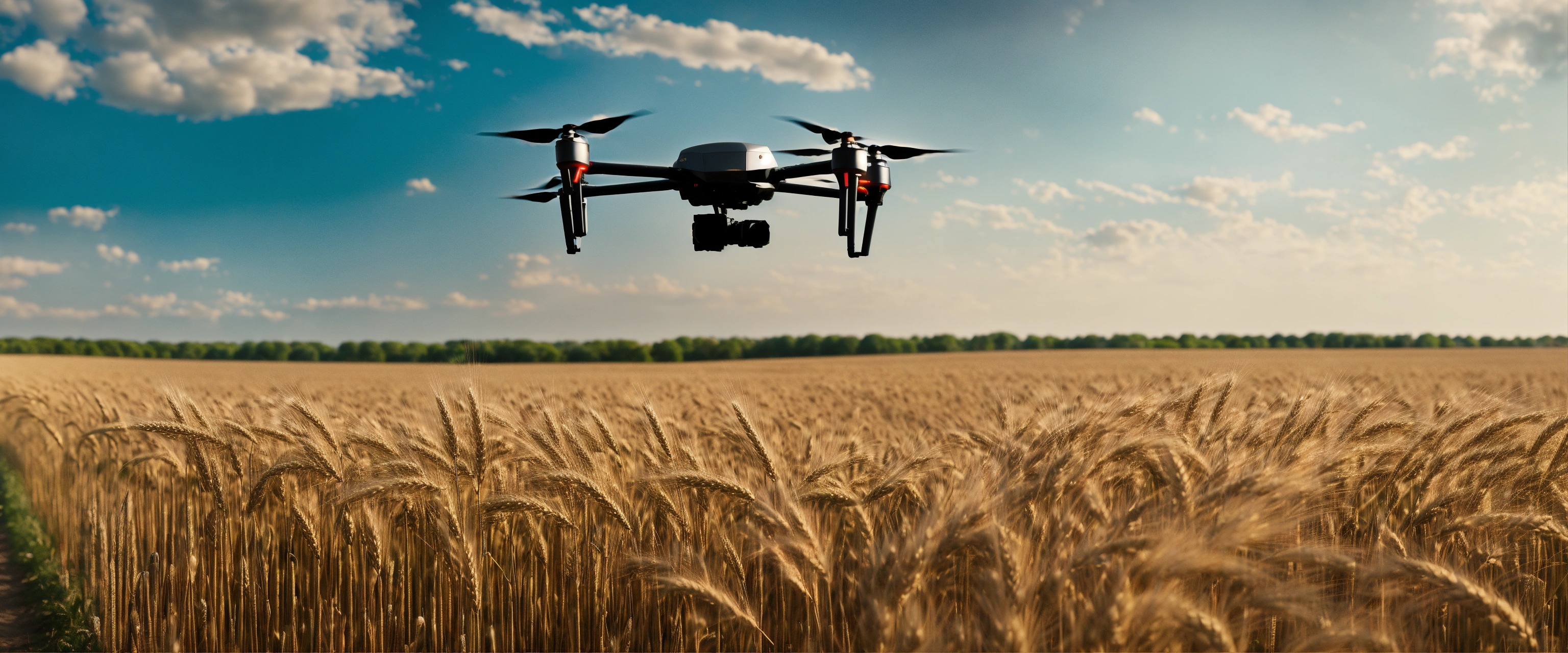
From outback cattle stations to vineyards in the Yarra Valley, Australian farmers are embracing drones to improve yields, cut costs, and reduce environmental impact — and it’s just the beginning.
Gone are the days when farming was all about guesswork and gut instinct. Today, it’s about data — and drones are helping gather it faster and more accurately than ever before. Using high-resolution cameras and sensors, drones can fly over crops and livestock to assess plant health, spot pests, monitor soil conditions, and even count animals.
This kind of information used to take days or even weeks to collect. Now, it's possible in a matter of minutes.
Australia’s vast landscapes and often challenging conditions make it an ideal testing ground for drone tech. In regions like Queensland and Western Australia, farmers are already seeing real-world benefits. Drones are helping detect water stress in crops, locate broken fences, and map large properties with pinpoint accuracy.
“We used to walk the paddocks for hours,” says Ben Carter, a third-generation farmer from New South Wales. “Now, a drone does it in 20 minutes — and with more detail than we could ever manage ourselves.”
One of the most talked-about uses is aerial spraying. Specialised drones can spray fertilisers or pesticides with extreme precision, minimising waste and reducing exposure for humans. They’re particularly useful in areas that are hard to reach with tractors or planes.
The result? Lower chemical use, lower costs, and healthier crops.
With climate variability making farming more unpredictable, tools like drones are essential. They help farmers respond quickly to shifting conditions and make data-driven decisions about irrigation, planting times, and crop rotation.
Combined with other technologies like AI and satellite imagery, drones are becoming a central part of what’s known as “precision agriculture” — farming that’s efficient, sustainable, and highly informed.
While drones can cover vast distances, they don’t replace human expertise — they enhance it. Farmers are still at the heart of every decision. But now, they’re equipped with tools that give them a clearer, more detailed picture of their land than ever before.
“I trust my instincts,” says farmer Louise McKenzie from Victoria. “But now I’ve got a second pair of eyes in the sky. That makes all the difference.”
As with any tech shift, there are challenges. Not every rural area has strong connectivity, and some older farmers are hesitant to embrace high-tech tools. That’s where training programs and government support come in. Initiatives across the country are helping farmers learn how to pilot drones and use the data they collect.
Universities and agtech startups are also partnering with growers to ensure that innovation matches real-world needs.
Looking ahead, the role of drones in Australian agriculture is only set to grow. Autonomous drone fleets, AI-powered analysis, and integration with other smart systems are already in development. And as costs come down, more farms — even small ones — will be able to join the movement.
Drones on Australian farms aren’t just a novelty anymore — they’re becoming a necessity. As climate, cost, and sustainability pressures grow, precision agriculture is showing real promise. And with drones leading the charge, the skies above Australia’s farms are starting to look a lot smarter.
Get expert insights on tech, transport, finance, and digital life. Subscribe now and stay ahead of the curve.